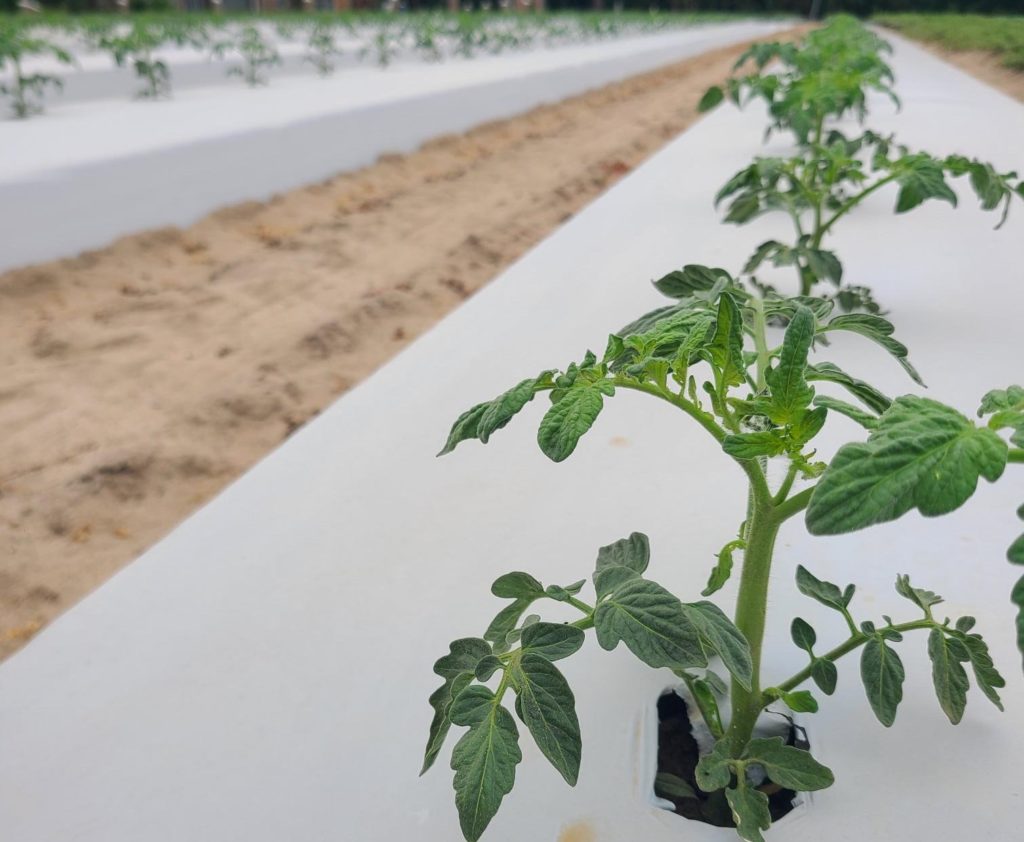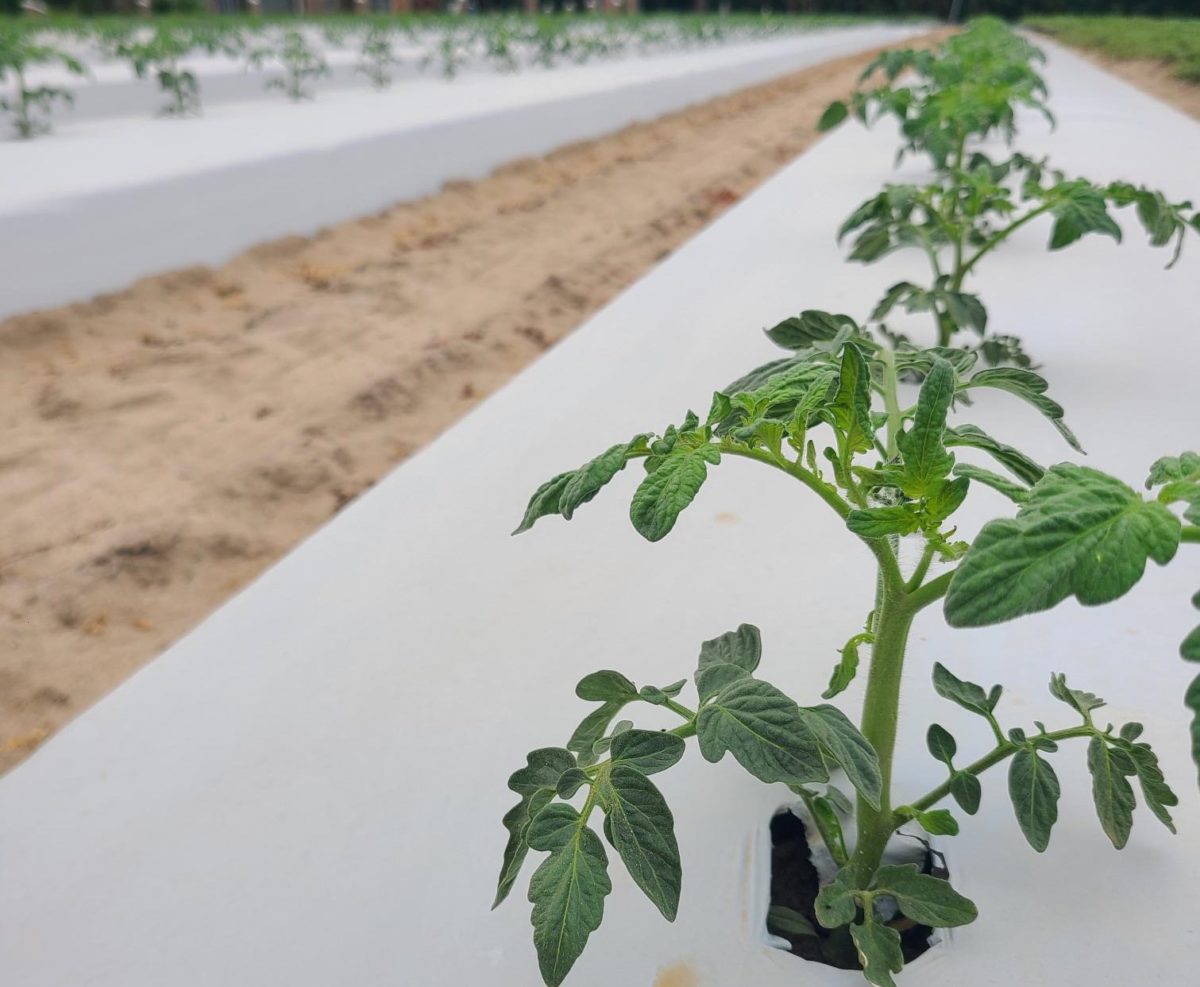By Clint Thompson
The extreme heat and extended dry period across the Southeast could impact the young vegetable crops that growers have planted this fall.

Tim Coolong, associate professor in the University of Georgia College of Agricultural and Environmental Sciences, emphasizes the importance of transplant establishment, especially during the current weather conditions.

“We’re in that little window right now where people would have already planted their warm season fall crops. Usually, they’ll put tomatoes out and stuff the week of the (Aug.) 10 or so. The crops that are in, for the most part, are still pretty young. The biggest issue would be transplant establishment with this heat,” Coolong said. “You think about a bell pepper plant, even on white plastic, it’s a lot to go out when it’s 100 degrees (Fahrenheit) outside. I haven’t had reports one way or the other, but I would say the biggest concern is making sure those plants are established and that they make it through this hot weather.”
Producers are expected to get some rain this week thanks to Hurricane Idalia. Areas in Southwest Georgia are projected to at least receive 1 to 2 inches, while those in the southeastern part of the state could receive between 4 and 6 inches.
The rainy forecast should boost the growth of these young transplants.
“I’ve seen issues where transplants go into the ground, and they’re stunted in one way or the other. Eventually they certainly do produce a crop, but it always seems that they don’t reach their full yield potential. I think making sure that those plants, outside of just losing a plant, making sure that plant is able to establish itself and get a good root system out in these early stages is really important,” Coolong said.
“Most of our guys, especially in South Georgia, they’re watering every day. I would suspect that several of them that are on real sandy ground, they’re hitting it twice per day. With a crop like pepper where the water has to move eight or nine inches from that drip tubing because it’s a double row crop, when you have to get that much movement of water, sometimes you may have to overirrigate a little bit just to ensure you’re pushing enough water to that plant. Even here, we planted tomatoes and peppers (two weeks ago) just to make sure that soil around that plant is wetted. We’re actually putting some overheard irrigation on them, in addition to the drip. That just helps wet around that plant so those roots can get out.”










